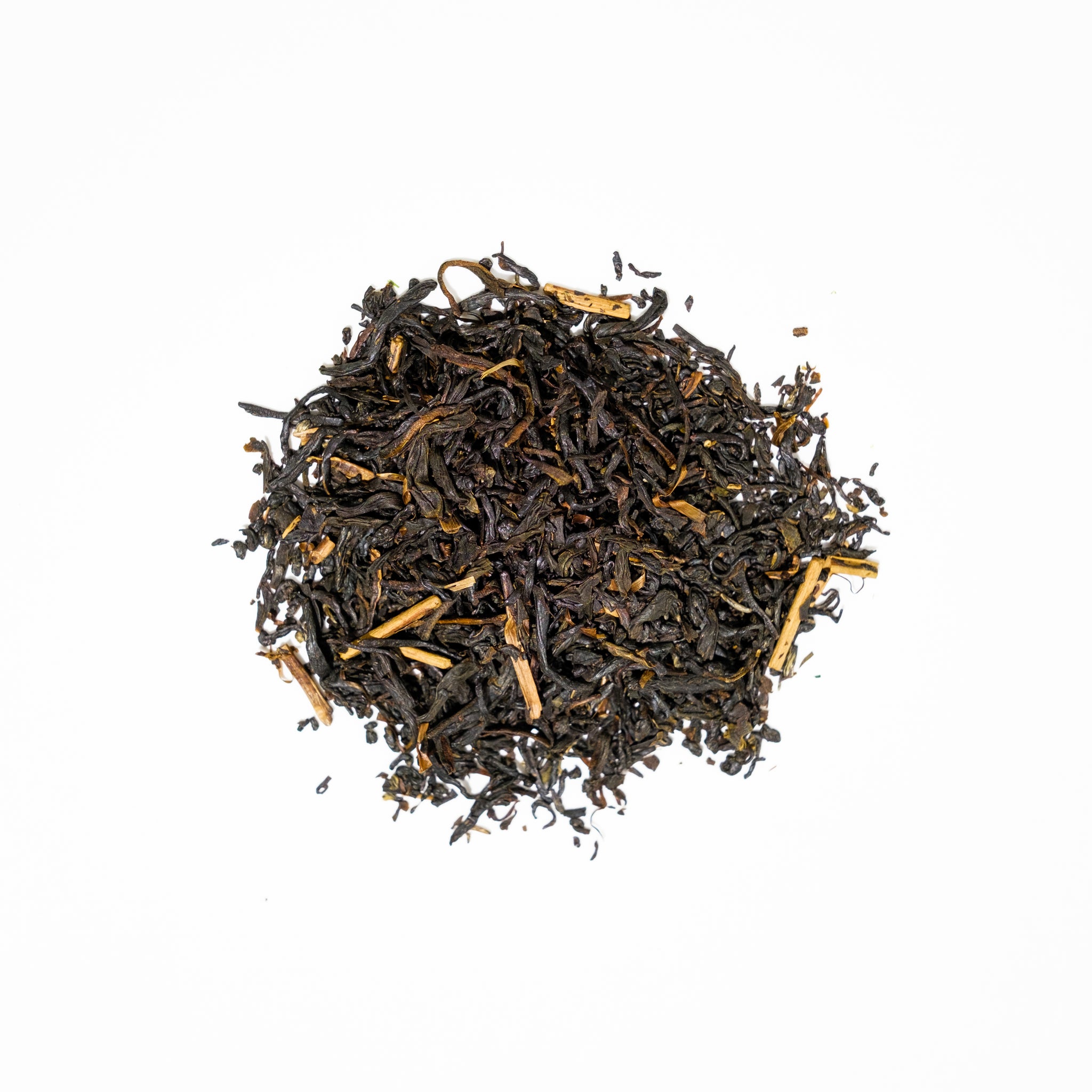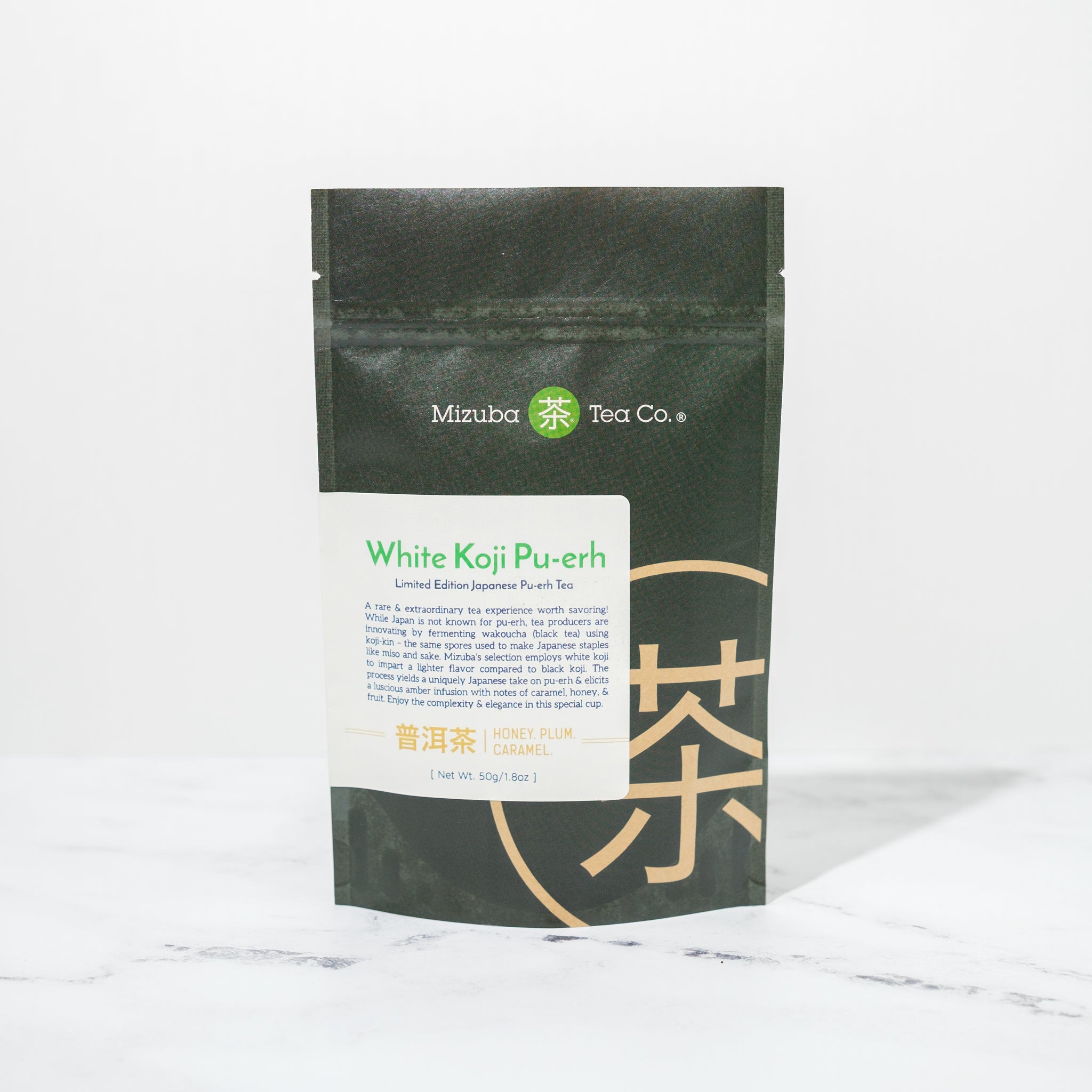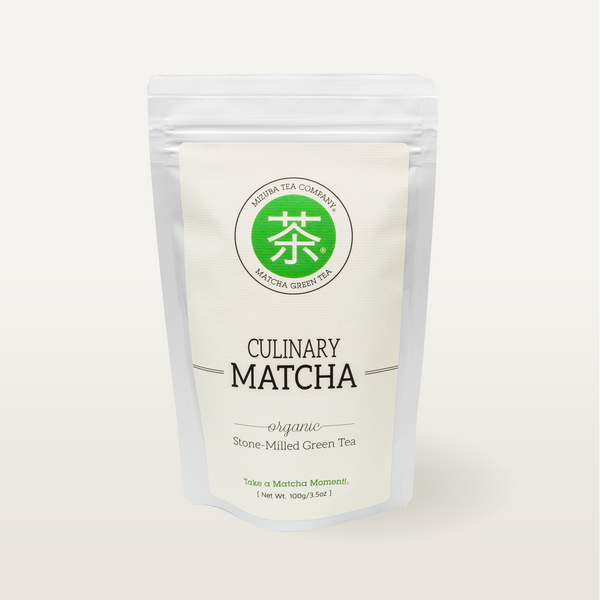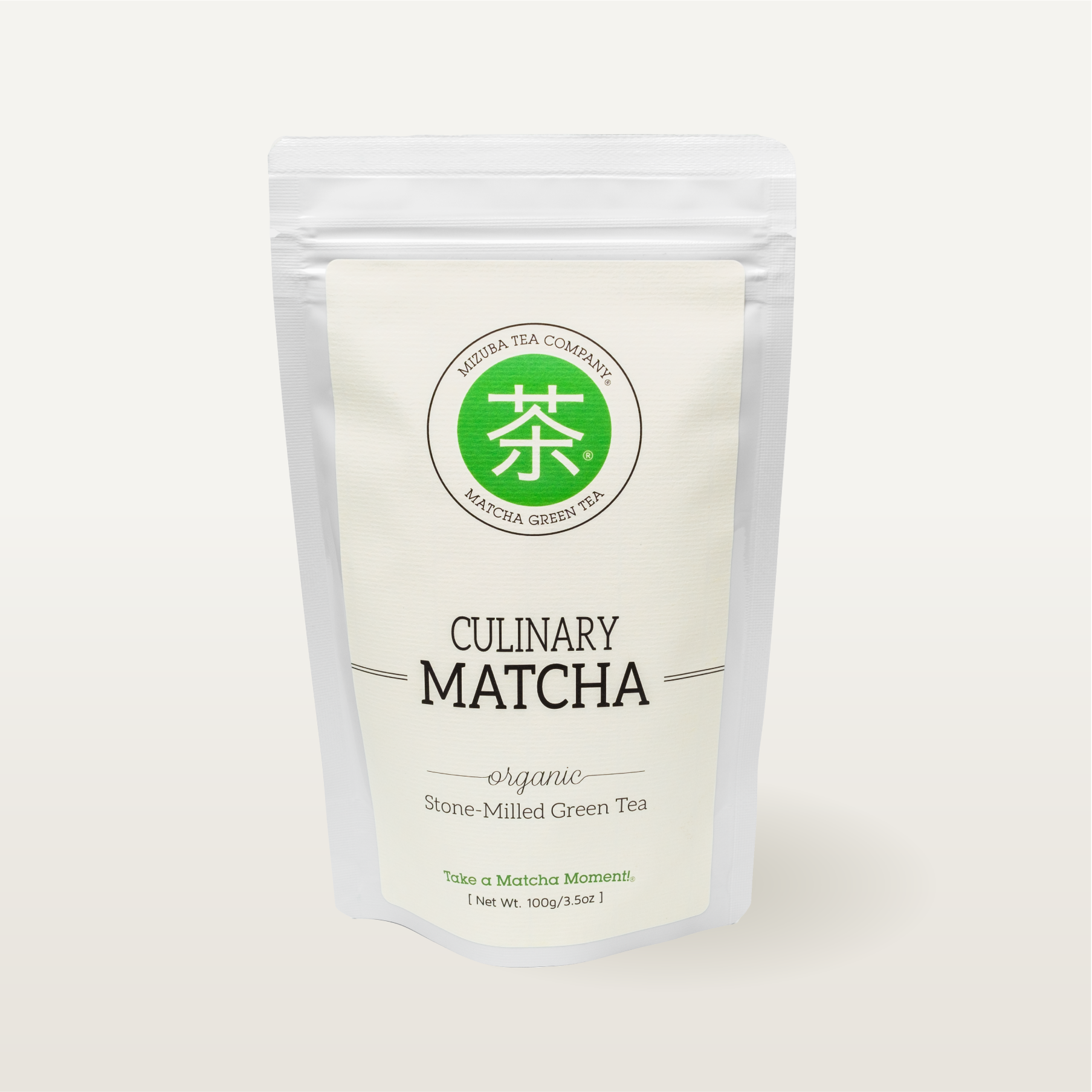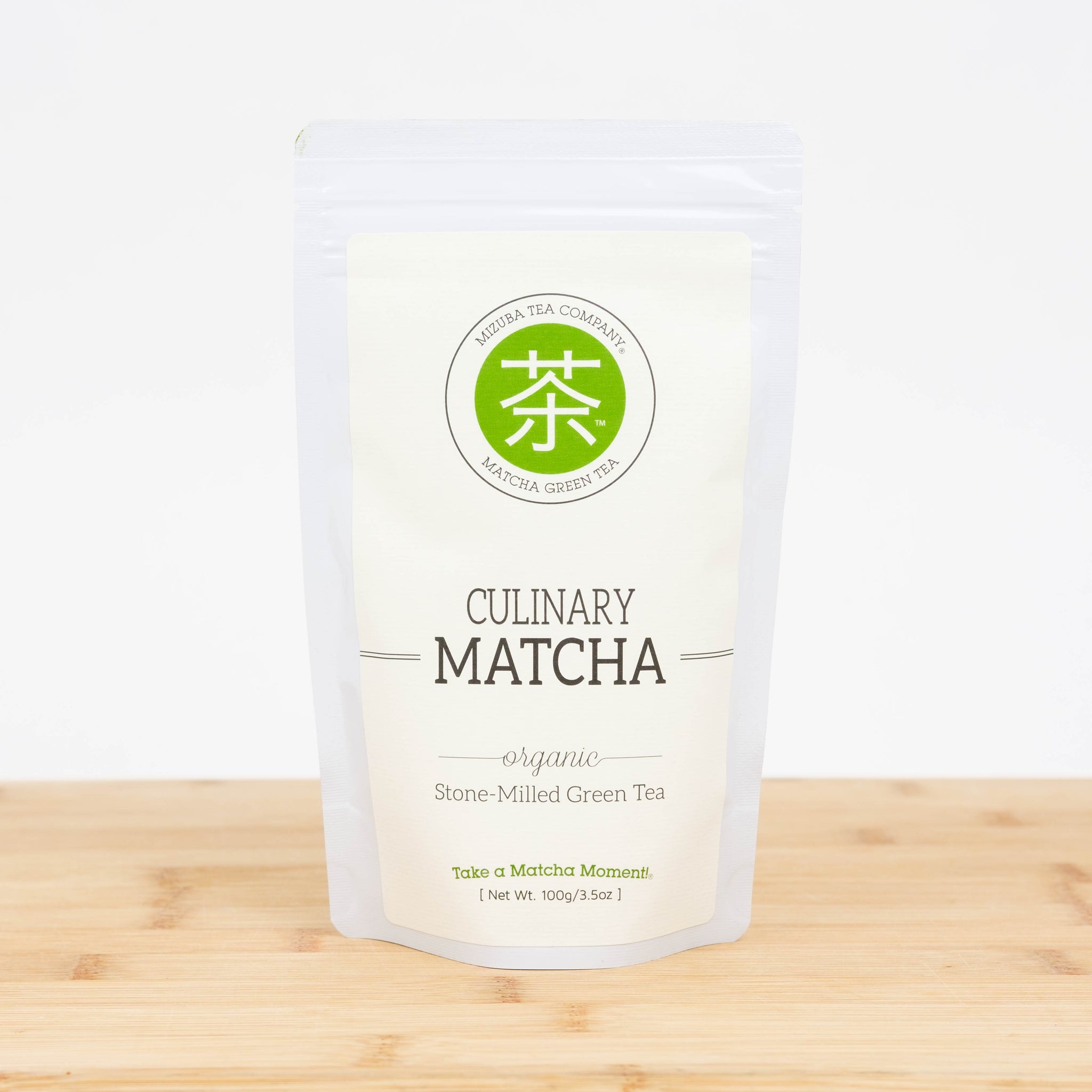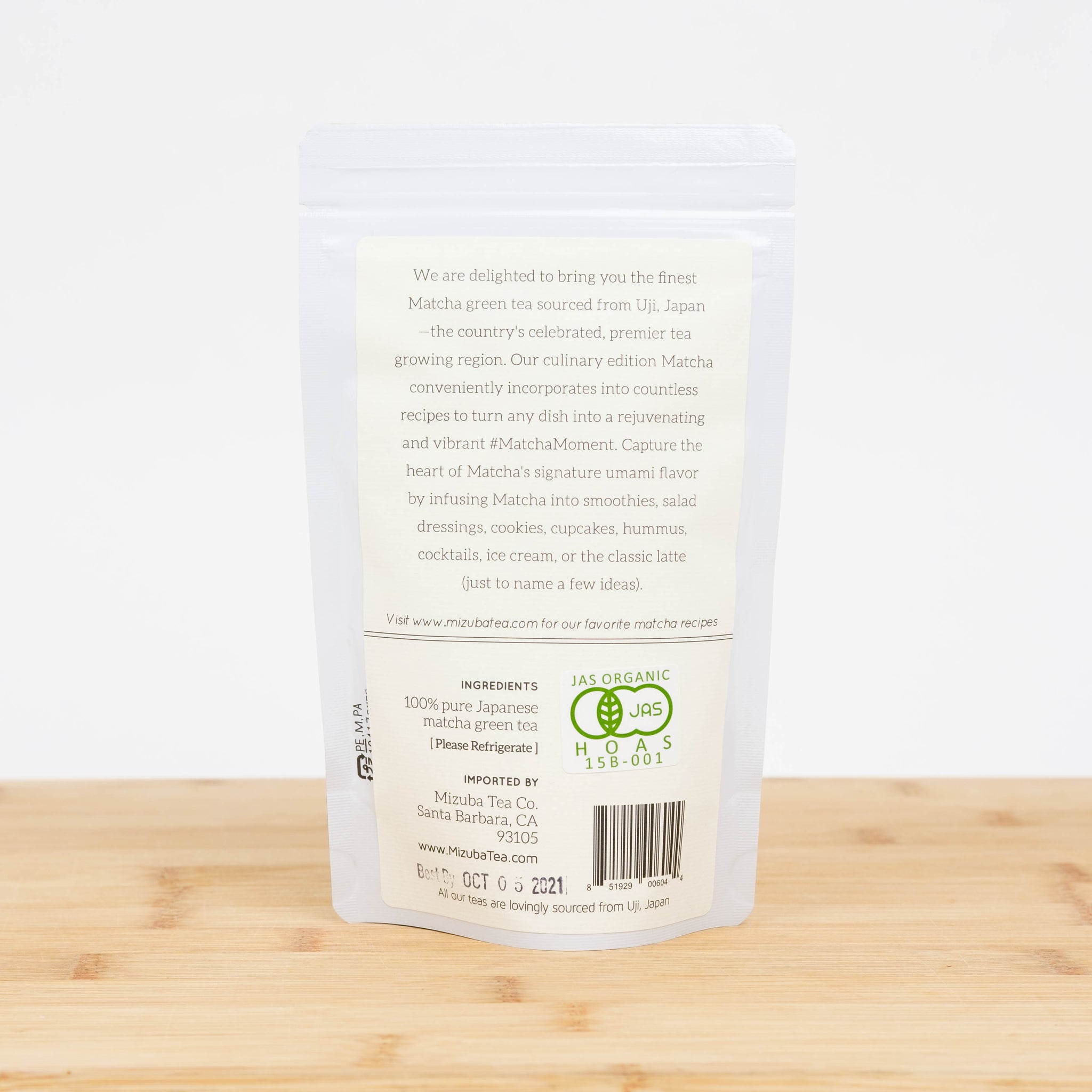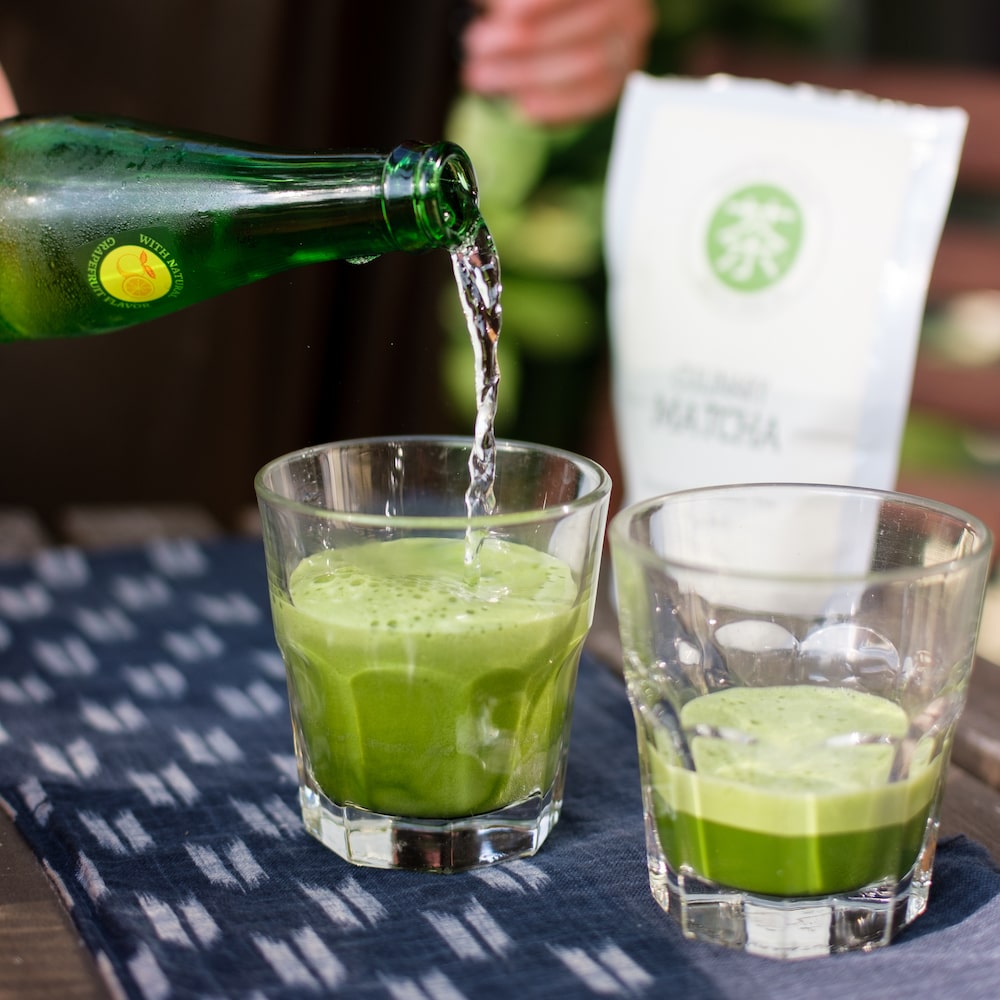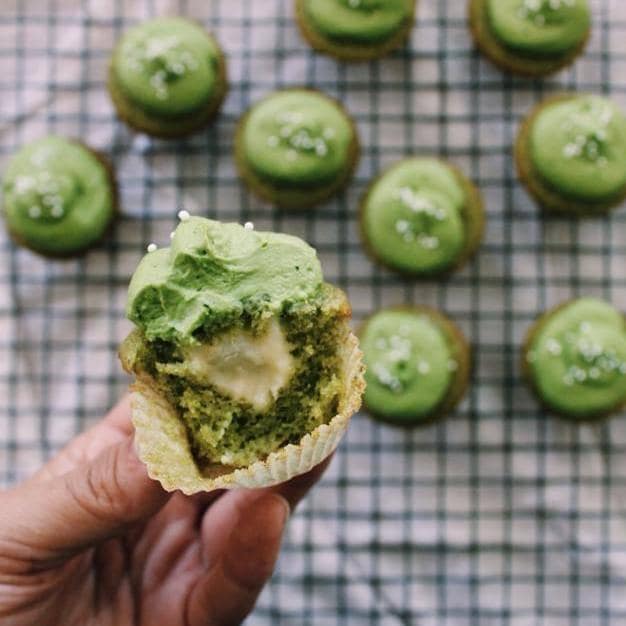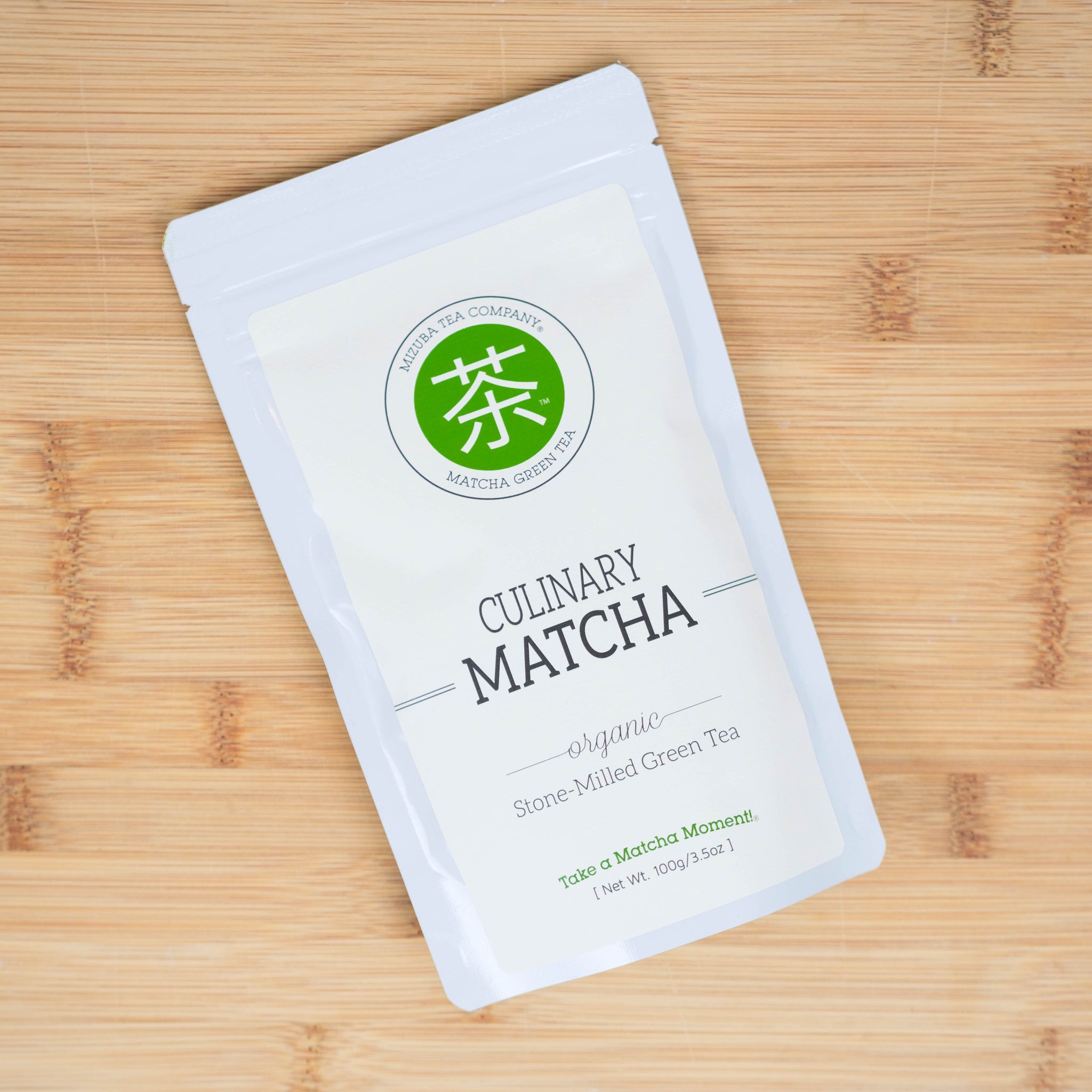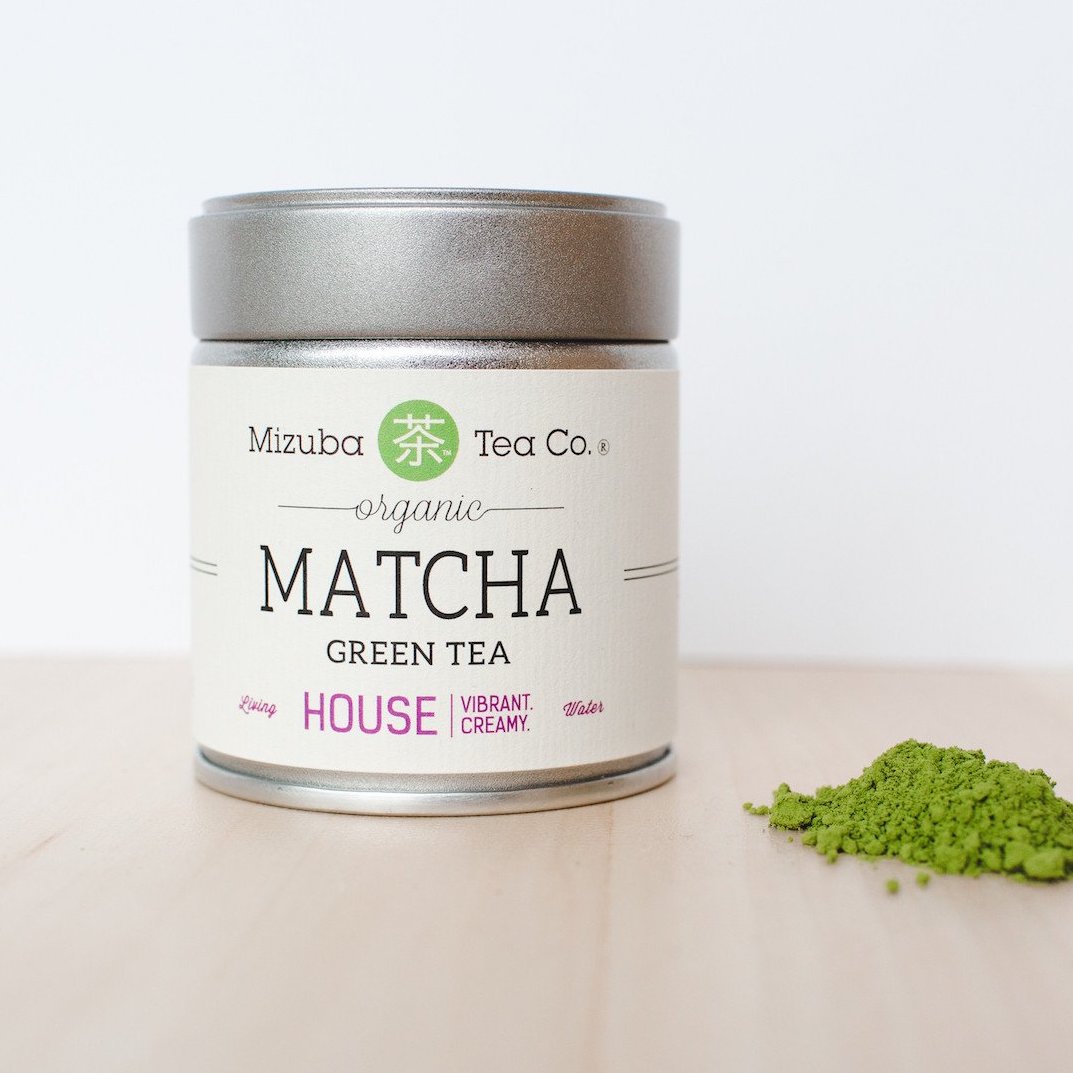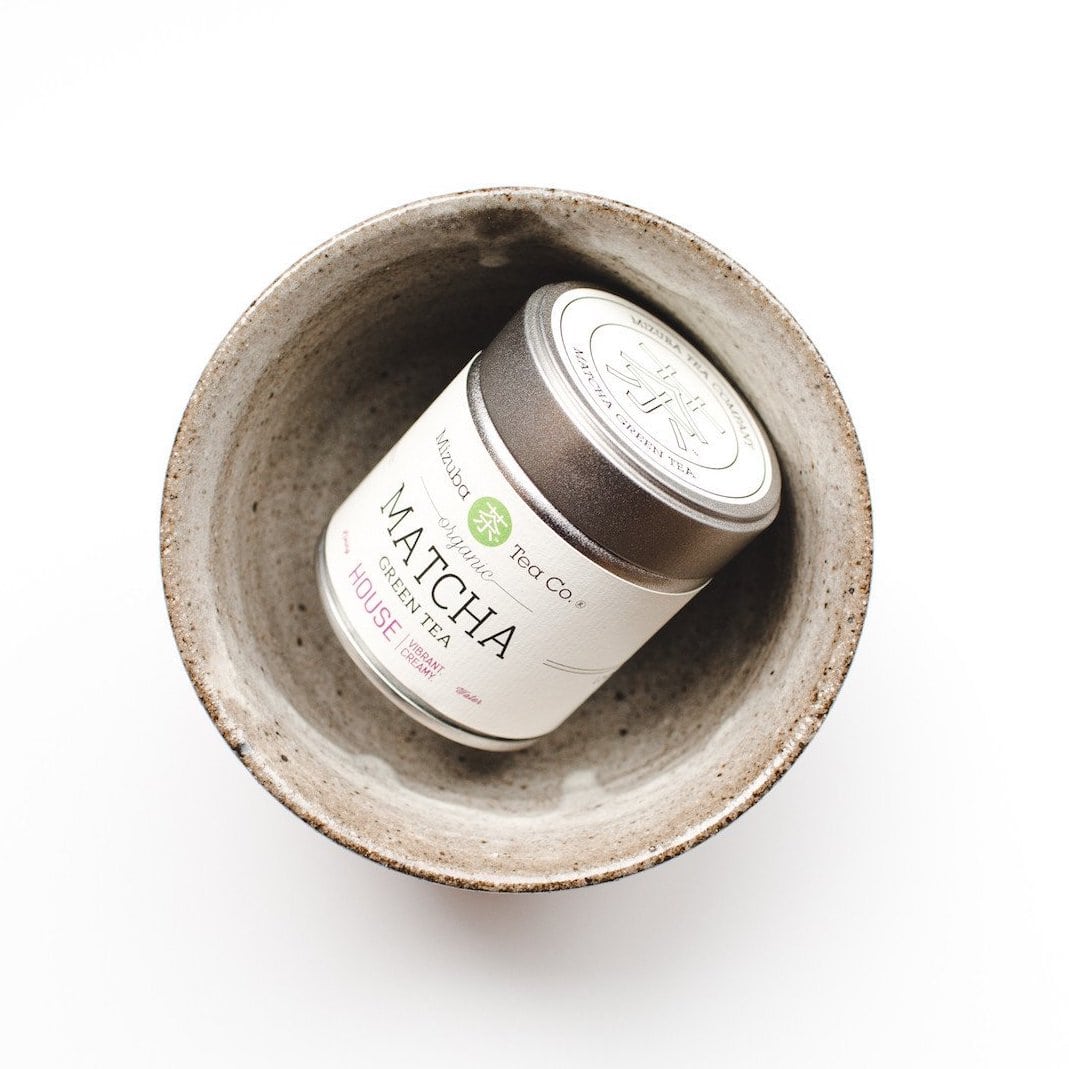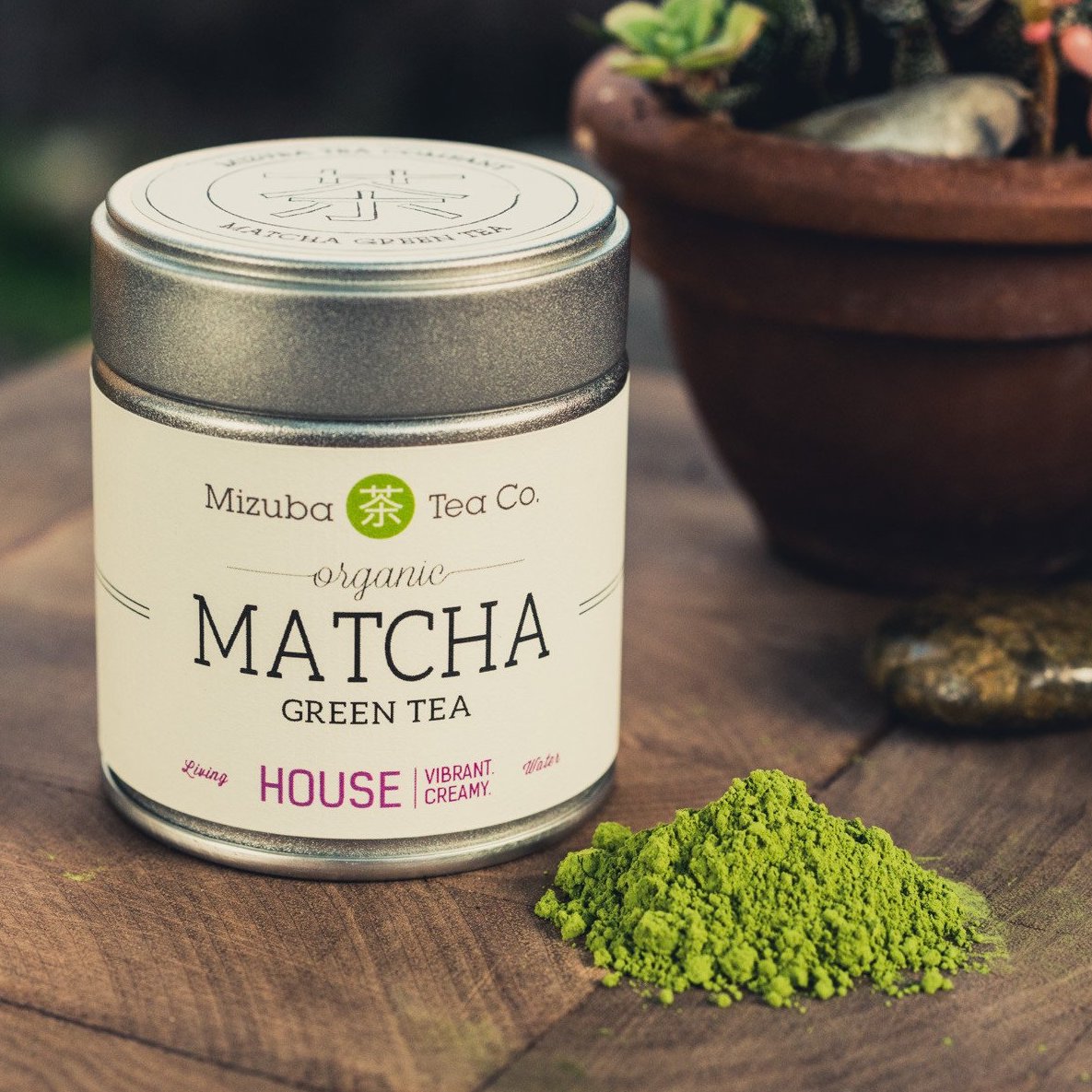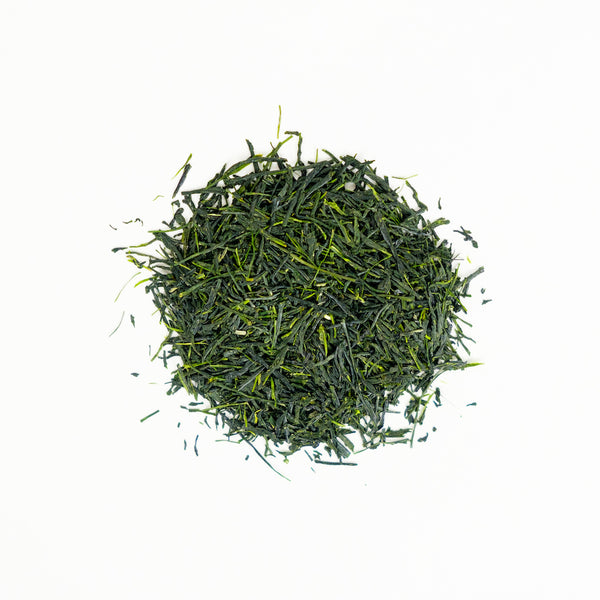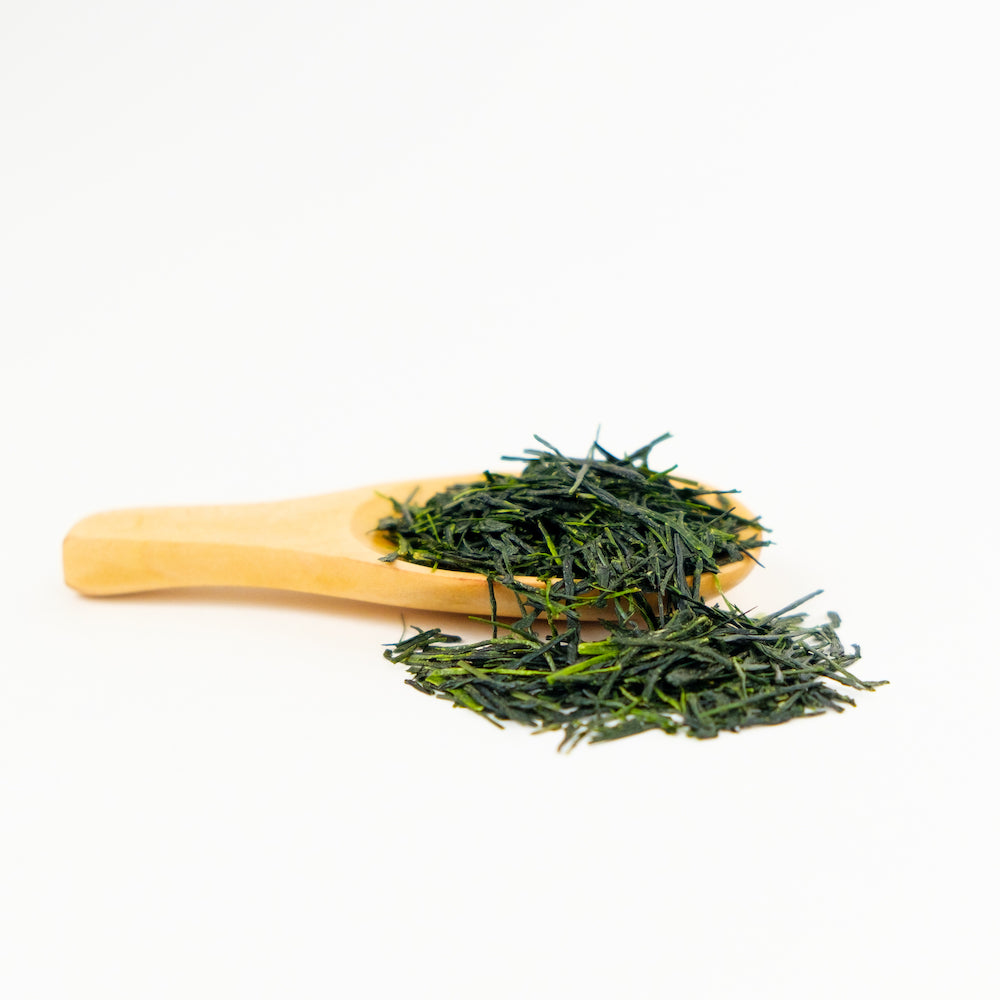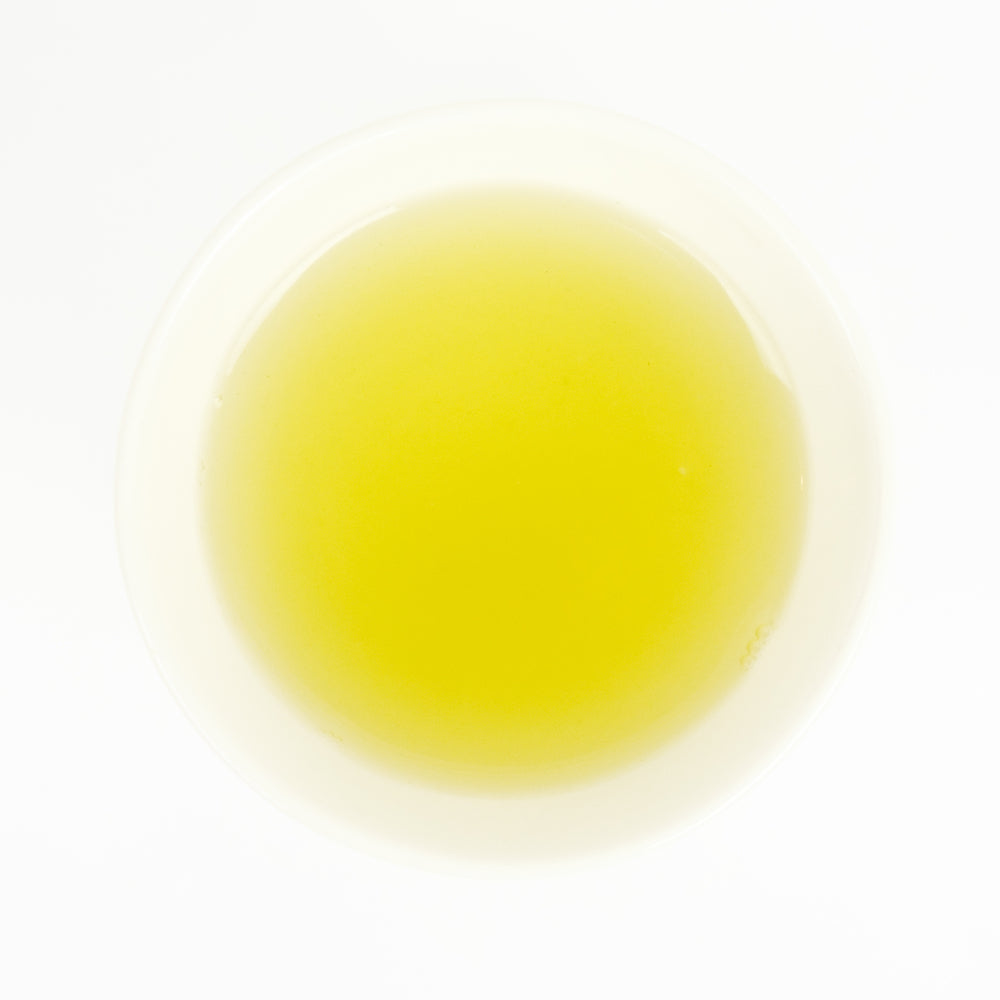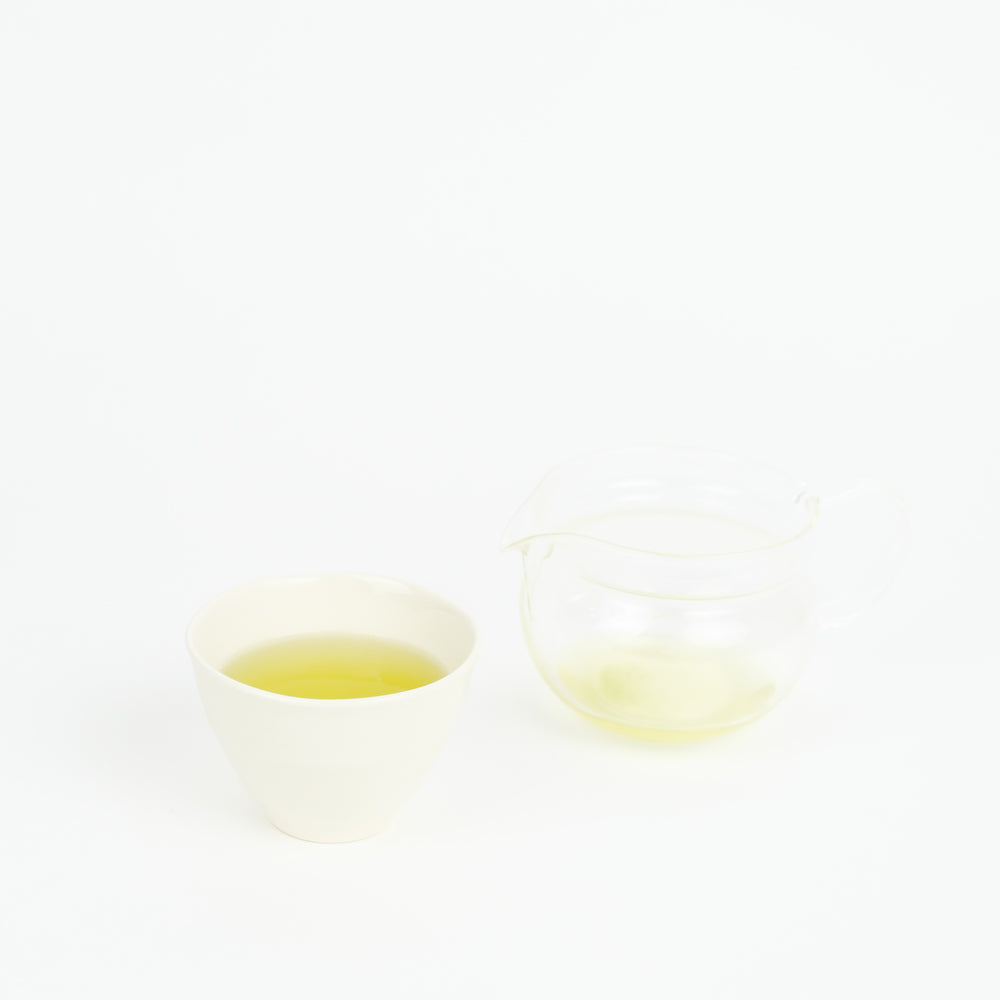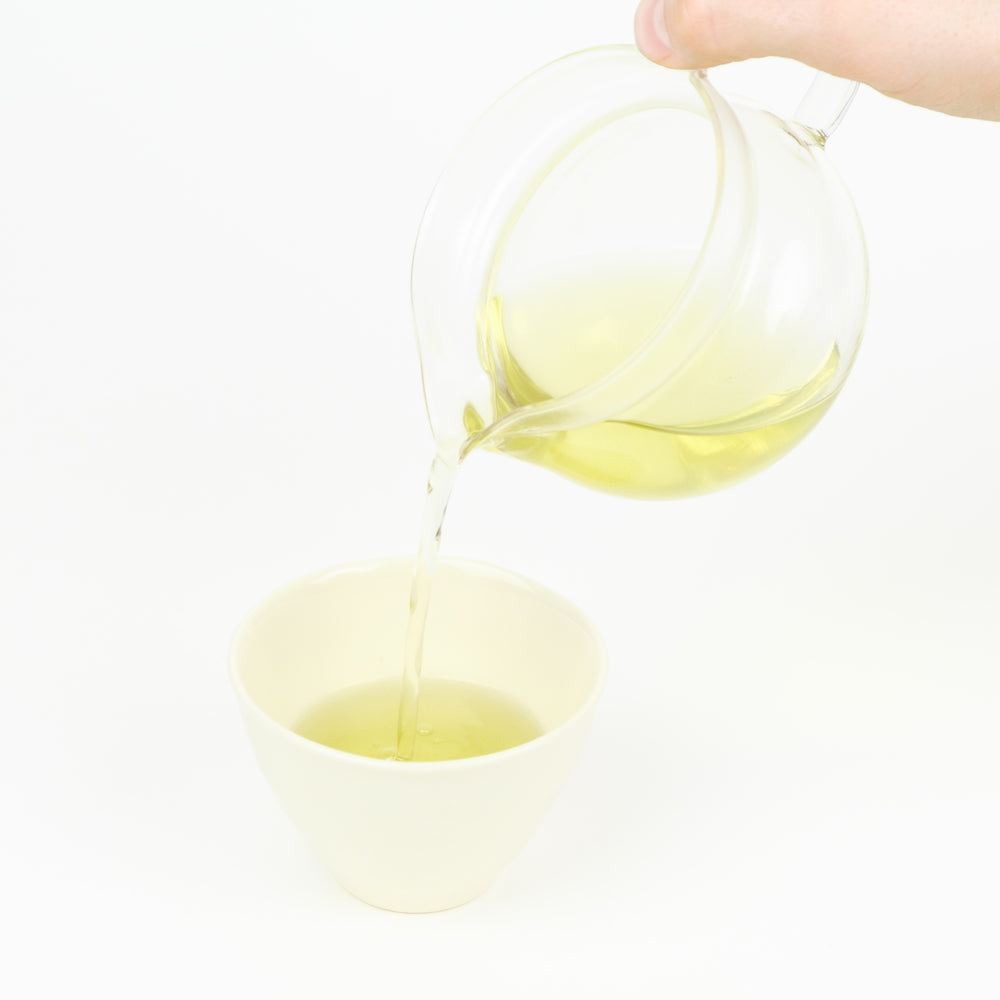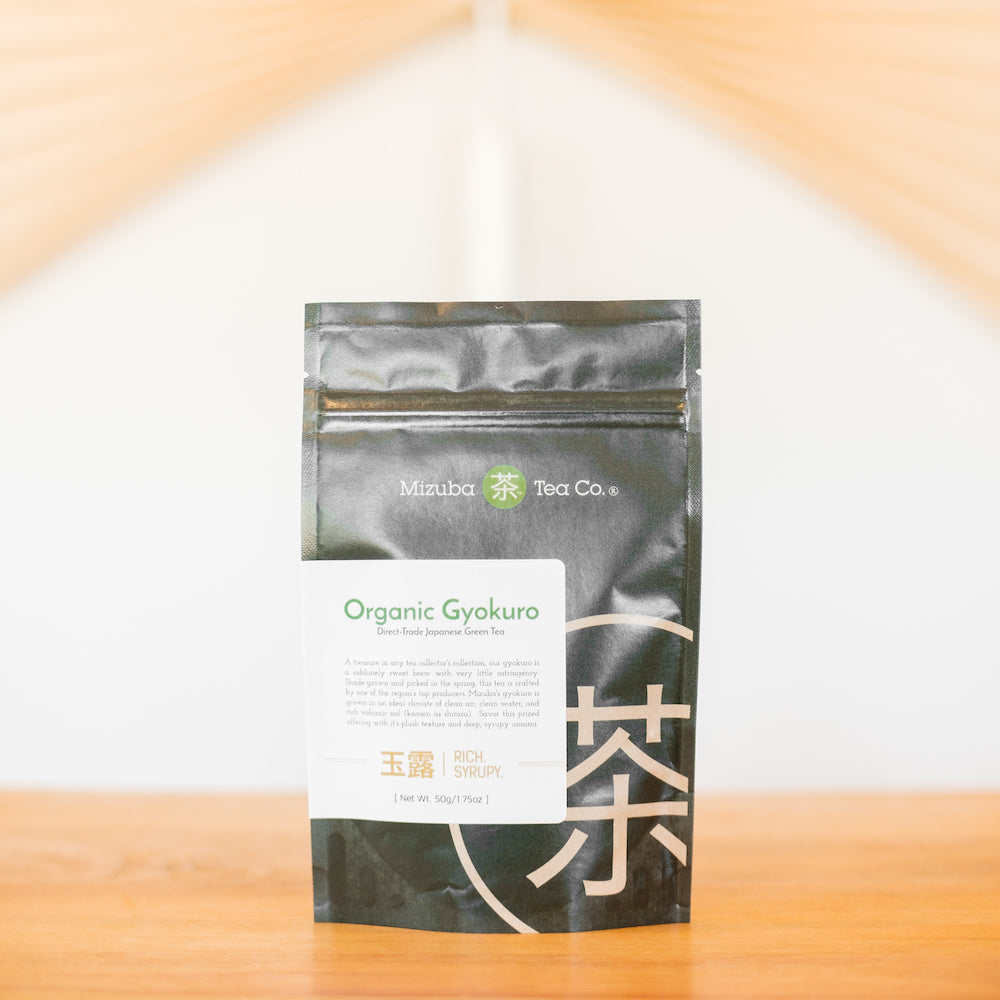White Koji Pu-erh
$ 16.00
A rare and unique opportunity to try a one-of-a-kind tea! Japan is not known for pu-erh, but there are a few tea producers who are starting to experiment with fermenting wakoucha (black tea) with koji-kin (asperillus oryzae mold spores). Koji is also used to make popular Japanese foods like soy sauce, miso, and sake.
Mizuba's pick is fermented with white koji ( Shirokoji 白麹), which is often used to brew shōchū and has a lighter taste than black koji. The fermentation gives rise to a rich, amber liquor with lush aromas of caramel, honey, and fruit. We love the complexity and refinement of this elegant and unusual tea! 
What is Pu-erh?
Pu-erh tea originates from China's Yunnan Province. Pu-erh is a very specific style of tea that is different than other tea categories (white, green, oolong, black etc.). Pu-erh leaves are fermented rather than oxidized. Japan does not generally make pu-erh as a style, which makes this offering particularly exciting and highly unusual. We recommend trying a Chinese Sheng pu-erh and tasting our koji-fermented tea in comparison.
Tasting Notes:
Aroma: caramel, dark honey, and cooked fruit.
Flavor: Delightfully like fruit leather. Plum and prune forward, with raspberry notes lingering on the palate.
Tea Details:
Location: Tanegashima Island, Kagoshima Prefecture
Harvest Season: Second harvest
Cultivar: Saemidori and Yutakamidori cultivars
Process: Our pu-erh style tea ferments just like Chinese pu-erh. The first stage in the fermentation process allows koji mold to grow properly into the tea.
The second stage is where carefully regulated, closed environments are subject to changing temperature, allowing bacteria to ferment and change tea components – aka, developing flavor!
Brew Guide:
Amount: 5.5g (5tsp) Tanegashima Pu-erh
Water: 180ml (6oz) water at 198ºF
Time: 1.5-3 minute steep
Food Pairing: a slice of cake or flaky galette would be delightful.
Sold in 100g or 50g bags. Store in a cool, dark location. Best consumed within 3 months.
Type: Japanese Loose Leaf Tea
Related Items
Daily Matcha Green Tea
$ 21.00
Start by making Matcha part of your daily routine. Essential for anyone looking for a lifestyle centered around wellness, this fresh and delicious tea is perfect for your morning fix...
View full product detailsCulinary Organic Matcha
Sold Out $ 32.00
Note: this product ships after December 16, 2024. Can’t get enough of our matcha green tea? Great, we can’t either! Here's our secret to every matcha latte, smoothie, cookie, and...
View full product detailsHouse Organic Matcha Green Tea
$ 25.00
Our certified organic first-flush artisanal Matcha. A more savory offering than our Daily Matcha, the House showcases fresh, traditional & enjoyable flavors. With organic matcha, it is said the more savory,...
View full product detailsOrganic Gyokuro
$ 17.00
A treasure for any tea connoisseur, Mizuba's gyokuro is a sublimely sweet brew with very little astringency. Crafted by one of the top producers of the region, Mizuba's gyokuro is shade-grown...
View full product details
